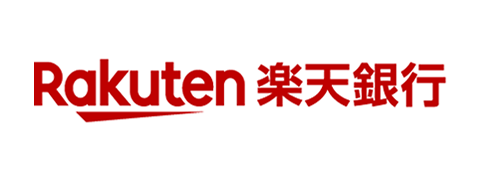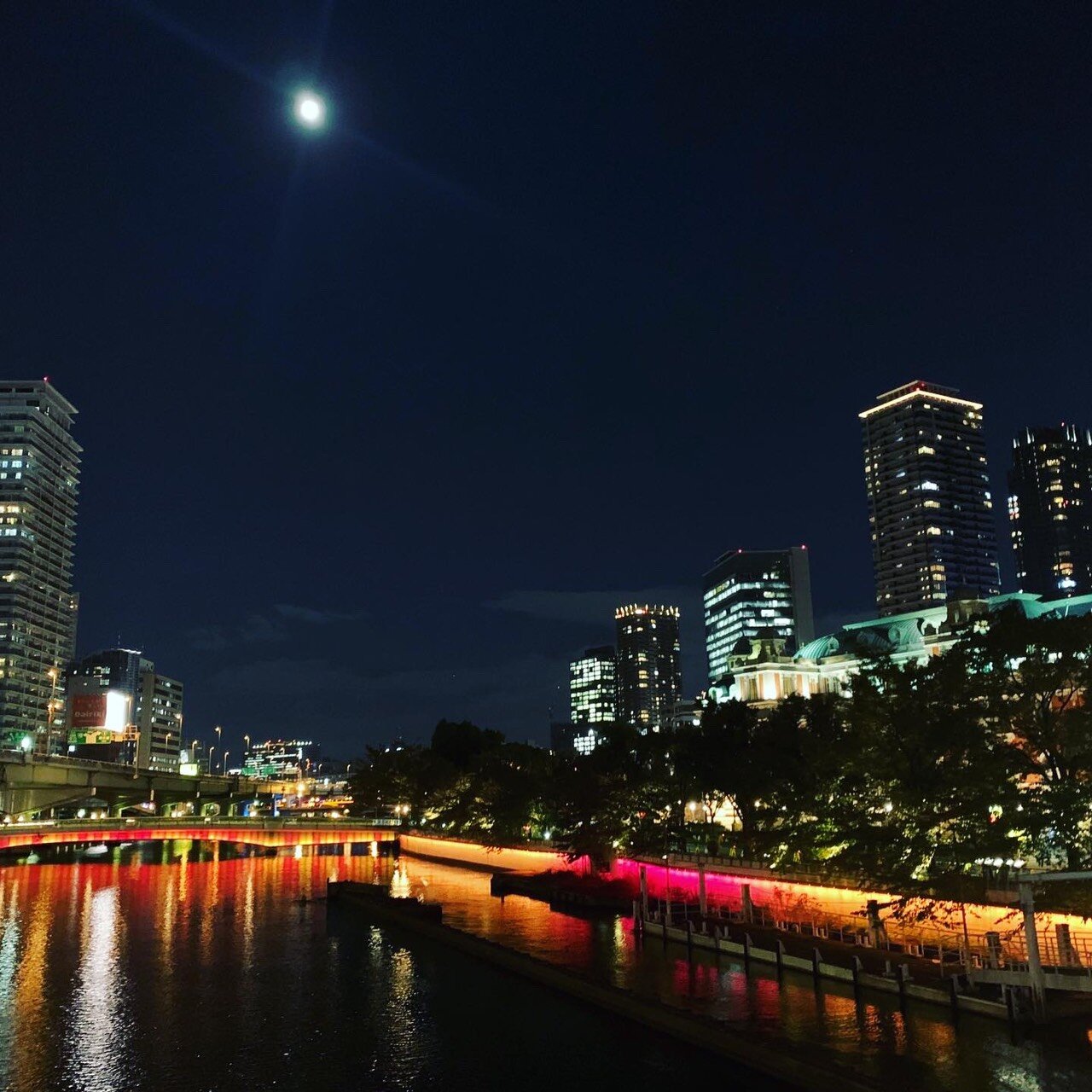I finally was able to find some time to write the second part of this blog.
In the first part of this post, I talked about: House hunting, Resident registration, National Health Insurance, and National Pension. If you are interested in those topics you should check this link.
In this second part, I'm going to talk about some practical aspects of the Japanese life (bank accounts, payment methods etc.).
Bank account
If you plan to stay in Japan for more than 3 months you might want to open a bank account in Japan. Depending on the type of visa that you have, this task might be quite challenging. I asked a lot to Japanese friends and read many articles on the internet about Japanese bank accounts for foreigners and here are my suggestions:
JP Bank (Japan Post Bank - ゆうちょ銀行)
Pro: Easy to open; Cheap; Post offices are everywhere.
Cons: Internet banking is no good, No Debit card or Credit card, Free withdrawal only at post offices.
How to open: if you have a student or working visa and you still have more than 3 months left before it expires, you can open a JP Bank account. Find the Post office closest to your house, and bring these things with you: Passport, Residence card (在留カード) and your personal seal (印鑑*).
They will ask you to fill in an easy application form (if you cannot read Japanese they usually have an easy English explanation to show you but, if you are still concerned, macha-jp.com did a really good job in explaining the procedure. https://matcha-jp.com/
If you prefer to fill up the documentation before going to the Post office, at this link (https://jp-bank-kaisetsu.japanpost.jp) you can choose between 16 languages and prepare the documents beforehand.
After finishing the application procedure you will receive a bankbook (useful to withdraw or deposit money and check your balance). You will also receive your Cash Card (useful only to withdraw money from ATMs) at your address in a couple of weeks.
Cash Card and Bankbook
Withdrawals are free at all JP Bank ATMs. If you withdraw from other ATMs a service fee might be applied (usually between ¥110~¥220).
Also remember that, if you change residence, you will have to go to the closest Post office to your new residence and let them know.
Rakuten Bank (楽天銀行)
Pro: Easy to open; Cheap; Good Internet Banking, Rakuten Points.
Cons: No physical bank branches.
Rakuten started as an e-commerce website (similar to Amazon or E-bay) but then developed many other services (Bank, Mobile Carrier, etc.). Rakuten Bank is probably the cheapest bank available in Japan (most of the services are free). Even if Rakuten Bank is an online bank (it doesn't have any branch offices), you can use a lot of ATMs from other companies for free (7-Eleven, Lawson, JP Bank, MUFG, Mizuho, etc.). You can withdraw and deposit money without any service fee (for 5 times per month). Even Money transfers are free (3 per month).
How to open: If you have a working or student visa, you can apply to Rakuten Bank online at this link. https://www.rakuten-bank.co.jp/
You will need your resident card (在留カード) and a second identification document like Passport, Health insurance card or Japanese Driving Licence. (The personal seal (*印鑑) is not needed to subscribe to Rakuten Bank)
After applying online you will receive a starting pack containing also a Debit Card at your address.
Rakuten Debit Card (also used as a Cash Card)
One of the most convenient things about Rakuten Bank is that you can get Rakuten Points. These points can be used on the Rakuten e-commerce website to buy other things (every year I can buy many items for free by using the Rakuten points). The more services from Rakuten you use, the more points you get.
(*)A personal seal (ハンコ or 印鑑) is a little carved stamp used commoly used in Japan to sign contracts and other documents. Recently many companies are starting to accept signs too, but sometimes the personal seal is still needed. If you want to know more, check this link. https://tokyocheapo.com/
Payment methods
If you don't like to use cash or you don't want to open a bank account in Japan, I can suggest you a few services that might be convenient for you.
WISE Multicurrency Account
WISE (ex Transferwise) is a financial company that allows making international money transfers more cheaply and quickly. WISE has some convenient services (like the multicurrency account) loved by ex-pats like me.
If you are planning to stay in Japan for a short period, the WISE Multicurrency Account might be the best choice for you. After registering you will receive a really special debit card that will allow you to not have to pay extra fees even if you are in a different country.
How to use it: From your home country bank account, you can charge the WISE account using a local money transfer (without any extra fee). At this point, you can convert that money in one of the 50+ currencies that WISE holds (for example Japanese Yen) with a cheap exchange rate. You can then use your debit card to pay directly in Japanese Yen (without having to pay any extra fees). If you decide to go for a short trip to another country (let's say South Korea) you can convert part of your money into Korean Won.
For more information check this link: https://wise.com/us/
WISE International transfers
If you don't need a debit card but you need to pay the rent or your school tuition fee, you can use WISE also to send money to a Japanese bank account. WISE allows you to execute international transfers with really low fees and convenient exchange rates. You just need to decide how much money you want to send (or how much should be received), and decide how to pay (money transfer, credit card, debit card, etc.).
With WISE international transfers you can send money to 80 different countries.
You can find more at this link: https://wise.com/us/send-money
Paypay
Paypay is the most popular Japanese mobile payment app. It is accepted in all the major convenience stores, many supermarkets, a lot of restaurants and shops too. (You can check the full list here https://paypay.ne.jp/shop). Other than being easy to use, it also allows you to receive a lot of discounts.
How to use it: to use Paypay you first need to charge some money on your Paypay account. The easiest way to do that is to deposit cash into a 7-Eleven or Lawson ATM through an apposite function. You can also connect Paypay to a Japanese bank account but not all the banks allow it (you can find the list here https://paypay.ne.jp/guide/bank).
After charging your Paypay account you can use your smartphone to pay at shops or send money to your friends. Bigger shops will ask you to show your QR code and will automatically withdraw the money from your Paypay account. Smaller shops will show you their QR code and you will have to insert the amount to pay.
PS: You can connect for example your JP Bank account to Paypay but you will need a Japanese driving license or My number card to confirm your identity. (at the moment the residence card is not supported)
Rakuten Card
If you decided to open a JP Bank or Rakuten Bank account and you want a credit card, Rakuten might be your choice. Rakuten Card is easy to get if you have a working visa (I am not sure how easy is for students).
How to apply: You can apply online through this link. https://www.rakuten-card.co.jp. The website is in Japanese so, if you are not confident about your Japanese skills, you might need a Japanese friend to help you. The website macha-jp.com explained the application process pretty well, you can check their article here https://matcha-jp.com/en/
During the process, you will have to fill in some information about your Japanese bank account too (to connect it with the card).
Even the Rakuten Card allows you to get Rakuten Points to spend on the Rakuten e-commerce website.
IC CARD (ICOCA, SUICA, KITACA)
IC cards are rechargeable cards most commonly used to pay fares on subways or buses in Japan. There are many different cards (depending on the area) like ICOCA in Osaka (Kansai), SUICA in Tokyo (Kanto), Kitaca in Hokkaido etc.
This card can be charged at every train or subway station and will make your life easier when you board a public transportation vehicle. The IC cards can also be used to pay in several restaurants, shops, vending machines etc.
How to get one: You can get an IC card at every ticket machine in the train or subway station (you will have to pay a deposit of ¥500).
I hope that this blog post could be of some help to you. If you have any question, feel free to ask in the comments. :)































